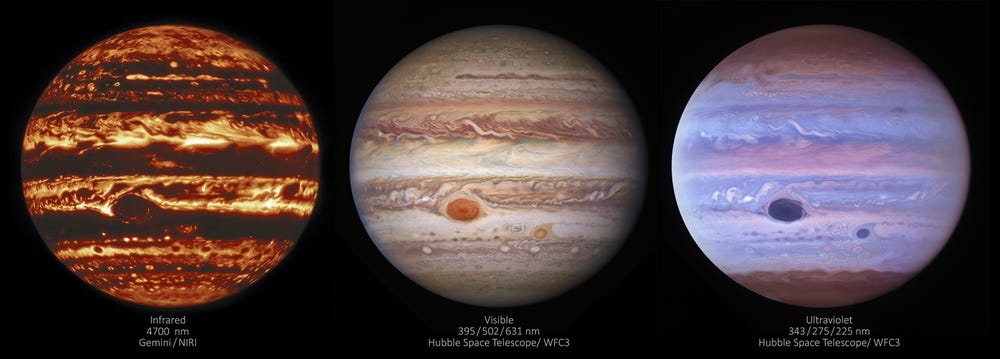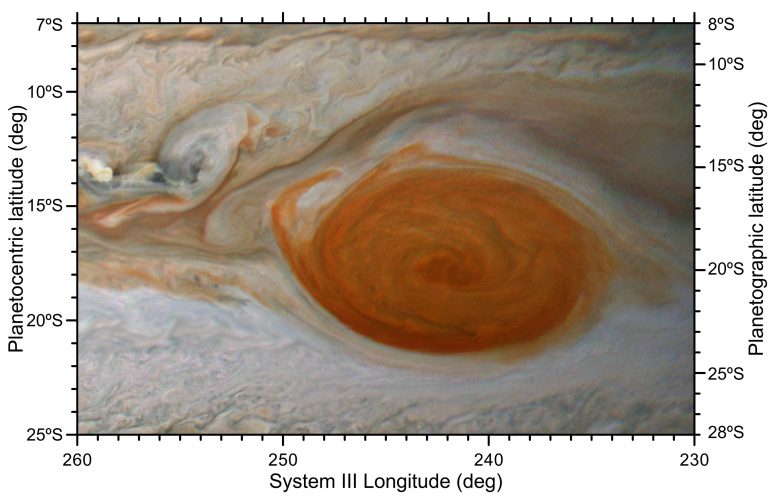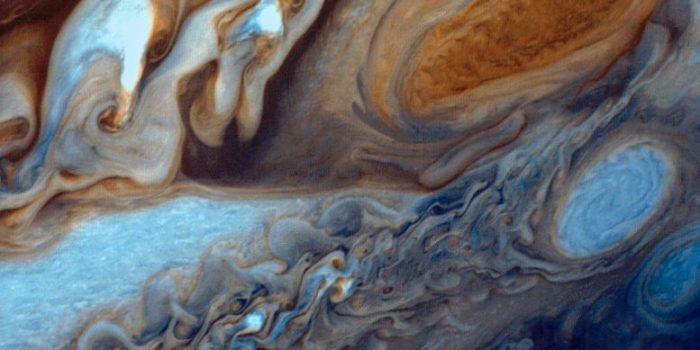A new report has stated that there is a Great Red Spot on the surface of Jupiter and it is turning into an anticyclonic storm. The winds around the spot are becoming stronger.
The data was collected by the Hubble Space Telescope and it was revealed that the storm patterns had increased by 8 percent from 2009 to 2020. That is almost an increase of 2.5 kilometers (1.5 miles) per hour for every year.
“When I initially saw the results, I asked ‘Does this make sense?’ No one has ever seen this before,” says planetary scientist Michael Wong, from the University of California, Berkeley.”But this is something only Hubble can do. Hubble’s longevity and ongoing observations make this revelation possible.”

A new approach using modeling software was applied to further analyze the situation. It assessed up to tens of thousands of different wind vectors (individual directions and speeds) for each time that Hubble was able to photograph Jupiter.
The clouds around the storm are at a speed of 640 kilometers (398 miles) per hour in a counterclockwise direction and there is no sure way of knowing the reason behind it.
“That’s hard to diagnose since Hubble can’t see the bottom of the storm very well,” says Wong. “Anything below the cloud tops is invisible in the data, but it’s an interesting piece of the puzzle that can help us understand what’s fueling the Great Red Spot and how it’s maintaining its energy.”

“Since we don’t have a storm chaser plane at Jupiter, we can’t continuously measure the winds on-site,” says planetary scientist Amy Simon, from the NASA Goddard Space Flight Center in Maryland.”Hubble is the only telescope that has the kind of temporal coverage and spatial resolution that can capture Jupiter’s winds in this much detail.”
The research has been published in Geophysical Research Letters.


